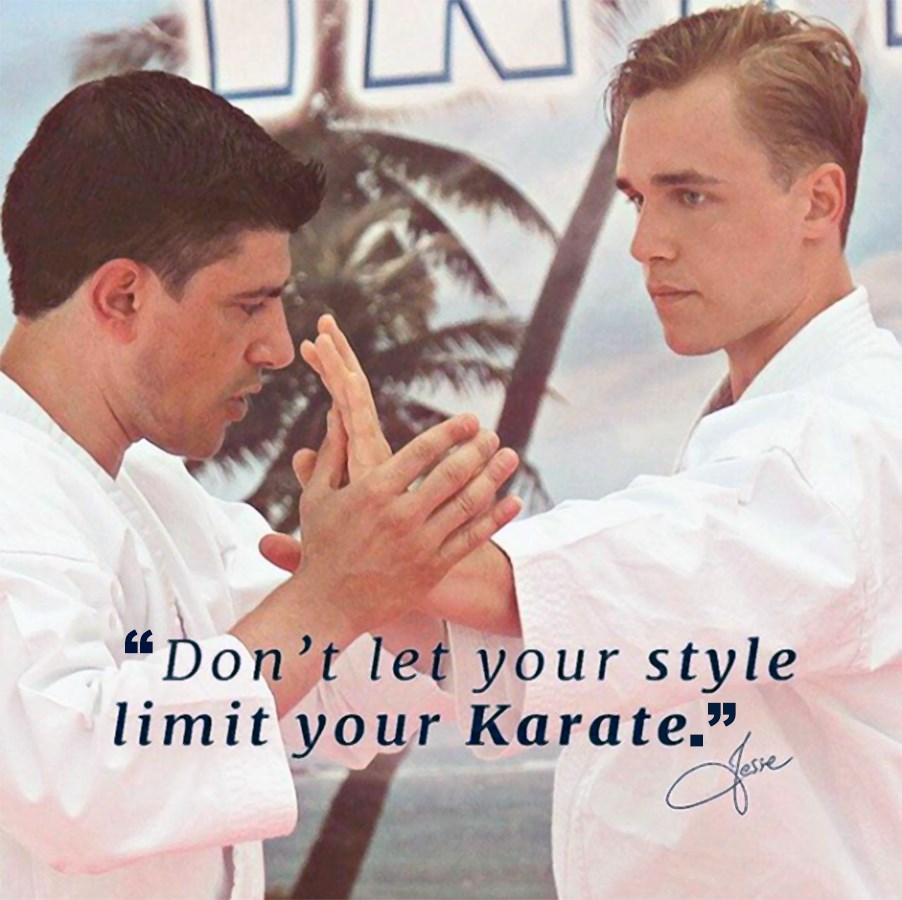
“Don’t let style limit your karate.” ~ Jesse Enkamp
There’s a multitude of martial arts styles out there, some originating from China, others are Okinawan, Japanese or from Korea. One comment that I often hear is …..“my style of karate is the best style.”
.
It’s essential to define what people mean by “best”. I’m assuming that when people are looking for the best karate styles, they mean best in terms of effectiveness and practicality. But effective, where? In the dojo? In a ring? In a competition? In self-defense?
.
Styles are important to find a basis in your martial arts, to begin your fundamentals. But to ardently focus too much on your style, and believe it is the best above all others, is very limiting. Why would you not want to learn more and in greater depth?
.
Instead focus on finding a great teacher. A great teacher will teach you useful and practical ways to apply the techniques and principles. In fact, a great teacher is going to make the best out of any style.
.
The problem is, most people don’t know the difference between a good and a bad martial art teacher. An inadequate teacher is going to teach dangerous practices and habits. They will claim that their techniques are the most effective and the best, which unfortunately can (and most probably will), get you in trouble in a real confrontation. On the other hand, a quality teacher will teach you good habits that could make a significant difference if a situation turns bad.
.
The creators of karate, over 100 years ago, stated that there were no styles in karate. “There are no styles of karate-do, just varying interpretations of its principles.” ~ Kenwa Mabuni (1889-1952)
.
Today, I believe it is a lack of experience, or understanding, to talk in terms of a strict ‘style’ above all others. Karate as we know it, originated on the small island of Okinawa, and the early practitioners combined their knowledge and experience from their own indigenous systems and that of others they came into contact with, to create karate.
.
Therefore, we should be talking in terms of practitioner. It’s not the style that makes the practitioner, it’s the practitioner that makes the style. ??
.
.
? With thanks to Jesse Enkamp & Martin Jutras.
